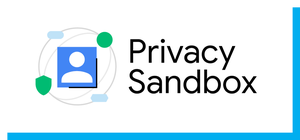The Beginner’s Guide to Third-Party Cookies
Most marketers rely on third-party cookies in some capacity to reach and learn about their target audiences. Now that Google is shifting away from third-party cookies in Chrome — the world’s most popular web browser — we’re here to answer all your questions.
Use this guide to brush up on the basics of third-party cookies and learn how these recent changes could affect your digital advertising strategy.
Third-party cookies 101
What Are Cookies?
We’re not talking about the ones with chocolate chips. Learn how web browsers use cookies to gather consumer information.
Read More3PC History
Find out how other platforms have fully deprecated third-party cookies and legislation has evolved to protect data privacy.
Read More3PCs + Their Impact on Your Marketing Strategy
In a world with fewer cookies, what will happen to your retargeting campaigns? Learn how your digital strategy could change.
Read MoreHow to Talk to Your Ad Provider About 3PCs
Is your ad provider prepared for a privacy-forward advertising ecosystem? Here are 10 questions you should be asking.
Read MoreLean In to Zero- and First-Party Data
Download our guide to learn future-proofed strategies for targeted advertising and marketing personalization.
Get the GuideThird-party cookies 101
Your partner in privacy
AdRoll is a market testing grantee for Google’s Privacy Sandbox initiative, which means we’re working hand-in-hand to build a future of secure, personalized advertising experiences.
Learn More